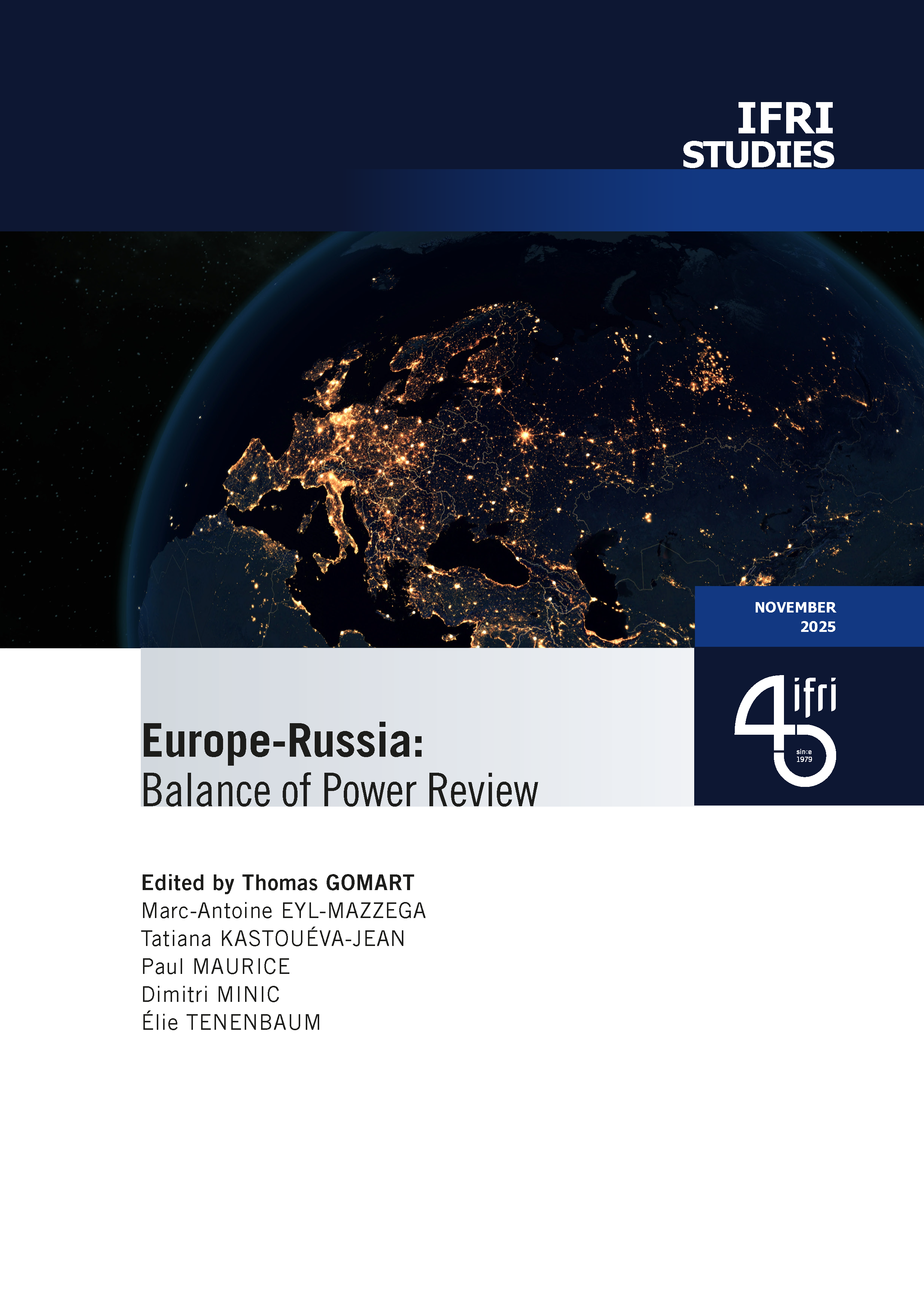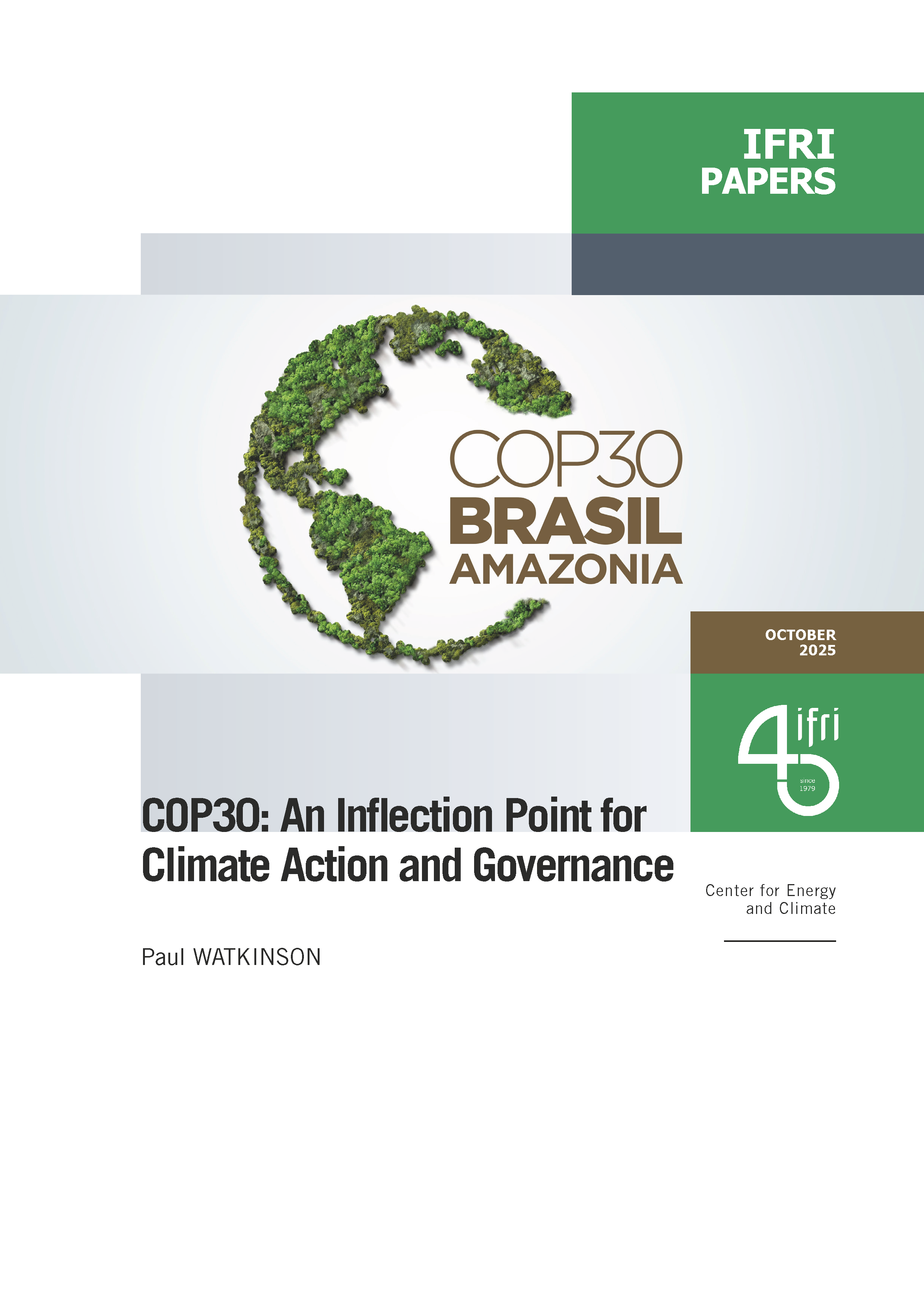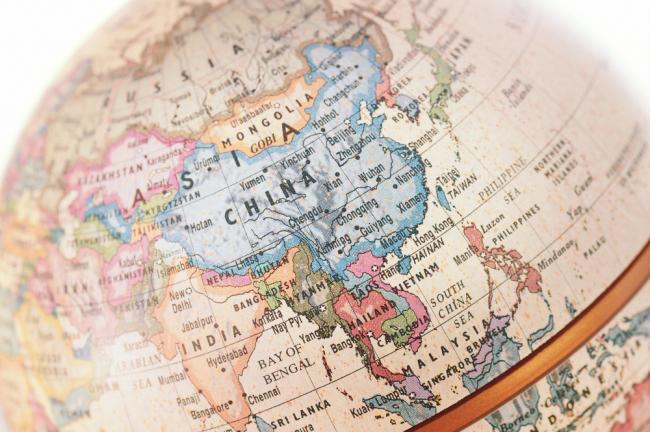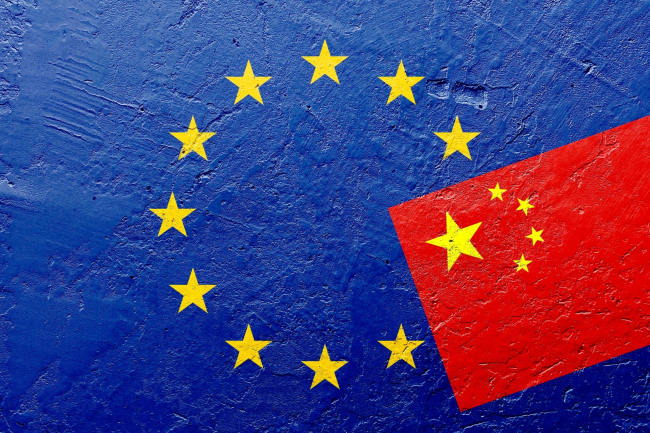Urbanization and Mobility in China: New Patterns and Intermodal Connections

Chinese cities are getting bigger and are also growing into each other. To ensure that the rapidly increasing number of urban residents have access to adequate transportation not only requires increased investment in transportation, but also careful deliberation to allow an optimal tradeoff between different modes of transport as well as a coordinated approach to land development and transport development.
With regard to the built-environment that shapes the environment for everyday travel, Chinese city governments generally carry out carefully conceived spatial planning. Driven by the garden city idea, Chinese cities often plan multi-center spatial structures. The actual end product, however, varies depending on the local context.
Investment in roads alone cannot fuel continuous expansion in China. High-density cities are now ripe for rail transportation investment. Expansion of transportation systems and transit-oriented development also provide a potential solution for congestion problems. Yet there are still challenges to overcome.
Transporting passengers within expanding and high-density urban areas requires a multi-modal approach and transportation hubs that provide intermodal connectivity. Railway stations and airports are typical transportation hubs that not only provide inter-city connectivity, but also function as intra-city transfer hubs.
Inter-connection of transportation systems developed separately by neighboring municipalities is an emerging challenge in developed parts of China. As urban functions extend beyond the administrative boundary of a single municipality, demand for multi-jurisdictional transport services is increasing. The Guangzhou - Foshan case demonstrates the need for a multi-municipality framework for transport planning, investment and management.
Download the full analysis
This page contains only a summary of our work. If you would like to have access to all the information from our research on the subject, you can download the full version in PDF format.
Urbanization and Mobility in China: New Patterns and Intermodal Connections
Related centers and programs
Discover our other research centers and programsFind out more
Discover all our analyses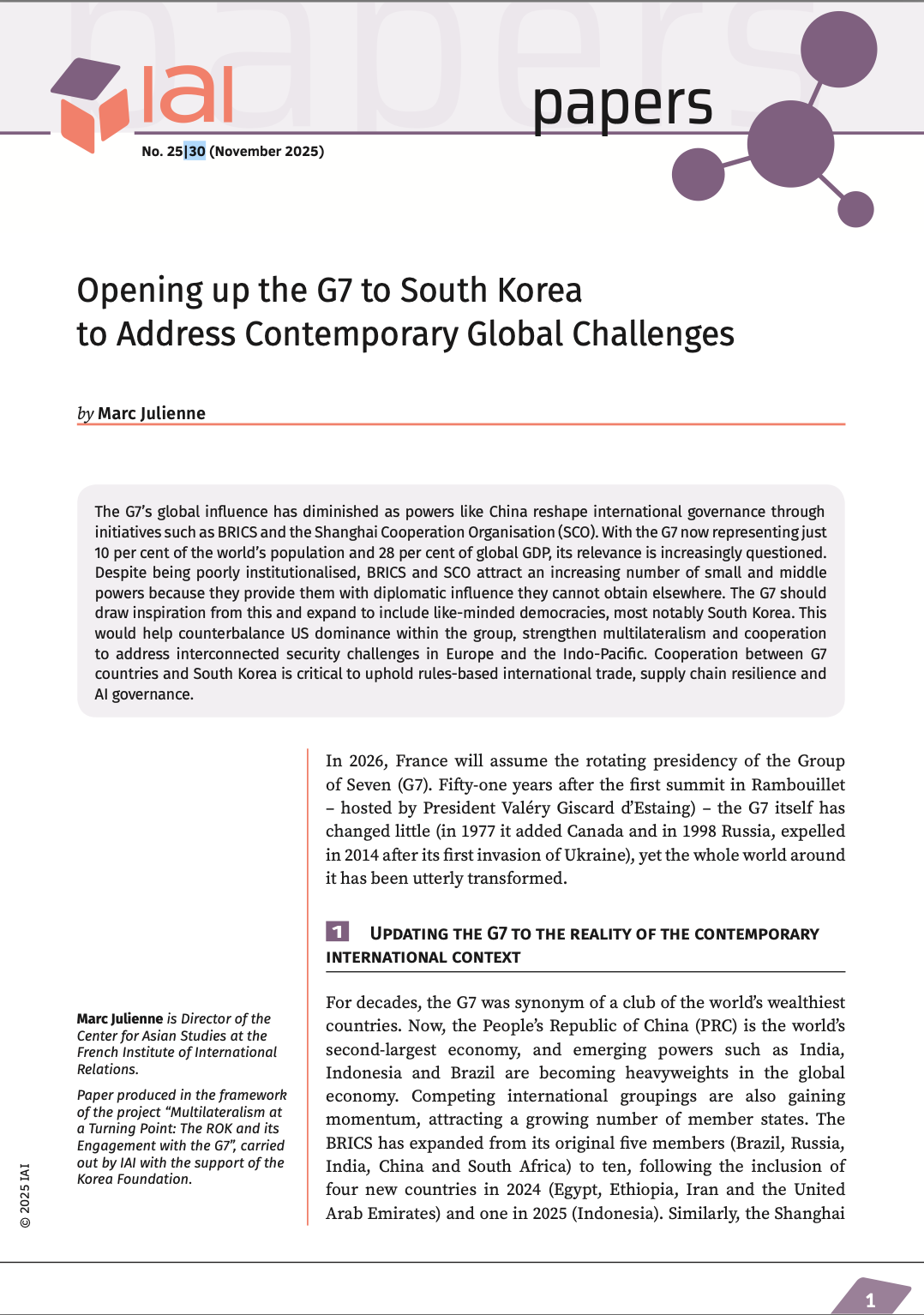
Opening up the G7 to South Korea to Address Contemporary Global Challenges
The G7’s global influence has diminished as powers like China reshape international governance through initiatives such as BRICS and the Shanghai Cooperation Organisation (SCO). With the G7 now representing just 10 per cent of the world’s population and 28 per cent of global GDP, its relevance is increasingly questioned.
Expanding SPDMM as a pivotal institution in the Pacific – A French perspective
The South Pacific Defence Ministers’ Meeting (SPDMM) is the only forum that brings together defense ministers from the wider South Pacific — including Chile, which is hosting it for the first time. This heterogeneous group of countries with varying resources, capacities, and interests — Australia, Chile, Fiji, France, New Zealand, Papua New Guinea (PNG), and Tonga — are united by their shared determination to strengthen cooperation on maritime security and humanitarian assistance and disaster relief (HADR) activities.
EU’s Derisking From China: A Daunting Task
With economic security as a major concern, the EU has recently turned to “derisking” from China. The EU strategy entails reducing critical dependencies and vulnerabilities, including in EU supply chains, and diversifying where necessary, while recognizing the importance and need to maintain open channels of communication.
Sri Lanka’s NPP Government. From System Change to Structural Compliance
In September 2024, a relative outsider to Sri Lanka’s two-party-dominated political system, Anura Kumara Dissanayake, won the presidential elections. The anti-establishment, populist movement he represented, the National People’s Power (NPP), went on to receive an overwhelming mandate in the November 2024 general elections, winning 159 seats in a 225-member parliament.


